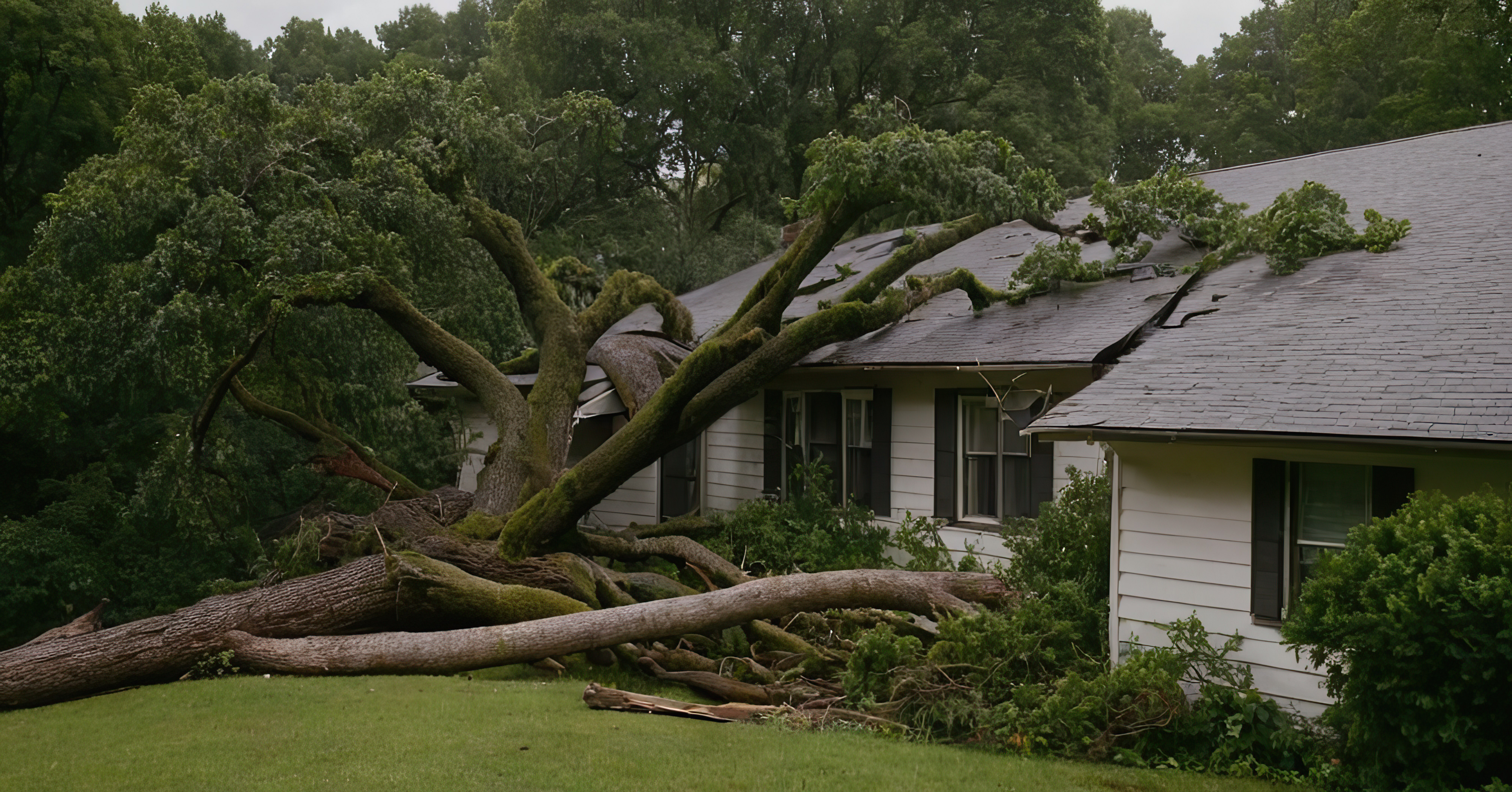Hurricane season is a time of heightened awareness for homeowners in Florida and other hurricane-prone areas. The roof, being your home’s first line of defense against the elements, is especially vulnerable to high winds, heavy rain, and flying debris during a storm. Protecting your roof during hurricane season is critical to preventing costly damage and keeping your family safe. Here’s how to prepare and protect your roof to minimize potential storm damage.
-
Conduct Regular Roof Inspections
The first step in protecting your roof is to ensure it’s in good condition before hurricane season begins. Schedule a professional roof inspection to identify any existing issues, such as loose shingles, damaged tiles, leaks, or worn flashing. Addressing these problems early can help prevent them from worsening during a storm.
DIY Inspection Tips:
– Look for missing or curling shingles.
– Check for visible cracks in tiles or flashing.
– Inspect the attic for signs of leaks or water damage.
-
Secure Loose Shingles, Tiles, or Metal Panels
Loose or damaged roofing materials can become dangerous projectiles during a hurricane. Make sure all shingles, tiles, or metal panels are firmly secured. A roofing professional can reattach or replace any loose materials and apply adhesive or nails to reinforce vulnerable areas.
-
Trim Nearby Trees and Remove Debris
Falling tree limbs are a significant threat during hurricanes, often causing roof punctures or structural damage. Trim any overhanging branches and keep trees well-maintained, removing dead or weak limbs. Clear your yard of loose debris, as these items can also become projectiles during high winds.
Key Tip: Keep branches at least 10 feet away from your roof to minimize the risk of damage.
-
Clean Gutters and Downspouts
Clogged gutters and downspouts can cause water to back up and pool on your roof, leading to leaks and water damage. Before hurricane season, clear any leaves, debris, and dirt from your gutters to ensure proper drainage. Consider installing gutter guards to reduce the accumulation of debris.
-
Install Hurricane Straps and Clips
Hurricane straps and clips help secure the roof to the walls of your home, making it more resistant to strong winds. These metal connectors reinforce the structural integrity of your roof and are often required by building codes in hurricane-prone areas. If your home does not have hurricane straps, consider hiring a professional to retrofit your roof with these essential reinforcements.
-
Consider Storm Shutters for Skylights and Windows
Skylights and large windows can be vulnerable points during a hurricane. Installing storm shutters or impact-resistant covers over these areas can help protect your roof from flying debris and reduce the risk of leaks or water damage. If storm shutters are not an option, you can use plywood to cover skylights as a temporary protective measure.
-
Invest in Impact-Resistant Materials
Impact-resistant shingles, tiles, or metal roofing materials are designed to withstand the force of wind-driven debris. While these materials may have a higher upfront cost, they can significantly reduce damage during a storm and offer long-term value. When replacing or upgrading your roof, consider choosing materials with high wind-resistance ratings and certifications.
-
Apply a Waterproof Sealant
A waterproof sealant or coating can help protect your roof from water infiltration during heavy rain. This layer acts as a barrier, reducing the likelihood of leaks. Make sure to consult a roofing professional to select the right sealant for your roof type and climate.
-
Reinforce Roof Ventilation Systems
Roof vents, soffits, and gable vents can be entry points for wind and water during a hurricane. Ensure these systems are securely attached and consider installing reinforced or hurricane-rated vents. Additionally, inspect and seal any gaps to prevent wind-driven rain from entering your home.
-
Secure Roof-Mounted Equipment
If you have any roof-mounted equipment, such as solar panels, satellite dishes, or HVAC units, ensure they are properly secured. Loose equipment can cause damage to your roof or detach during high winds, posing a danger to people and property.
-
Develop an Emergency Plan
Even with the best preparation, hurricanes can be unpredictable. Have an emergency plan in place, including:
- Knowing where to turn off the power and water in your home.
- Preparing a hurricane kit with essential supplies.
- Identifying a safe place to stay during the storm if evacuation is necessary.
Key Takeaway: Proactive Preparation Is Crucial
Protecting your roof during hurricane season involves a combination of proactive maintenance, structural reinforcements, and strategic upgrades. By ensuring your roof is in good repair, trimming trees, cleaning gutters, and securing vulnerable areas, you can minimize potential damage and safeguard your home during storm season. If you haven’t already, take the time to inspect and reinforce your roof—doing so now can save you a significant amount of money and stress when the next hurricane arrives.
If you need professional assistance, reach out to a licensed roofing contractor experienced in hurricane-resistant solutions to assess your roof’s readiness and make necessary improvements. Stay prepared, stay safe, and protect your home from the forces of nature.

